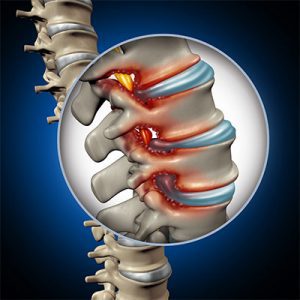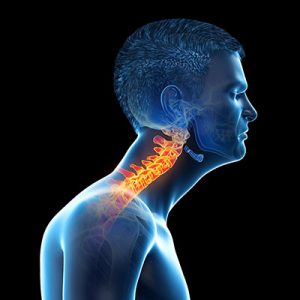Adjustments May Seem Swift and Rough, But They’re Actually Smooth and Targeted
Do a YouTube search for chiropractic adjustments and you’re bound to get a bunch of exaggerated examples.
Violent twisting and pulling, followed by snaps, crackles, and pops. It’s chiropractic stereotypes personified. But the truth is, few of these videos will actually show you correct technique.
At ChiroSolutions Center, we’re used to seeing new Virginia Beach, VA patients who have a preconceived notion of what an adjustment will be.
They tense up and anticipate being manhandled… only to realize the actual adjustment is smooth, tactful, and extremely targeted.
In delivering these types of adjustments, we hope to break the stereotype of what, exactly, a chiropractic adjustment is.
Palpation, then adjustment
You wouldn’t take your car to a mechanic who beats on your engine with a wrench, would you? Probably not.
So why take your body to a chiropractor who might tug, pull, twist, and jab your spine at random?

During an chiropractic adjustment, a good chiropractor will take a quick series of measurements through a method called palpation.
Using their hands, they’ll feel out vertebrae in your spine, pinpoint any that are twisted, turned, or otherwise out of place.
Then, they’ll palpate laterally from the vertebrae, to see how the peripheral muscle groups have been affected.
This helps inform to what degree the adjustment needs to be made.
It’s about providing context for correction.
Gentle, yet forceful adjustment
Once the need for correction has been identified, the chiropractor will isolate it and determine the best course of adjustment.
They may simply apply pressure to a strategic point, alleviating pressure with that all-too-familiar “pop.”
In other causes, a high velocity, low amplitude (HVLA) adjustment may be performed via a drop table, to finesse the correction.
Traction or trigger point therapy can also finesse the adjustment and restore natural position to vertebrae.

No matter the adjustment approach, the execution is never violent or rough.
Even swift corrections are done with extreme precision, with the purpose of affecting specific change to a targeted area of the spine.
Palpation again, and range of motion tests
After an adjustment, the chiropractor will palpate the area again, to ensure the correction registered.
Following this, range of motion tests help to show the effects of correction as well.
For example, adjusting the hips then having the patient walk down the hall can show changes in gait or general biomechanics.
This not only clues the chiropractor into the effectiveness of the adjustment, but to other areas that may require correction.
Smooth, targeted adjustments
Adjustments should never be painful. Trained chiropractors understand not only how to adjust the spine, but also how to execute those adjustments safely and effectively.
At ChiroSolutions Center, we employ a variety of chiropractic adjustment techniques to help correct our Virginia Beach, VA patients.
More importantly, we utilize Chiropractic BioPhysics (CBP) to ensure the corrections we’re delivering are patient-specific and targeted.
If you’ve got preconceived notions about what a chiropractic adjustment looks, sounds, or feels like, we urge you to come discover the reality for yourself.
Schedule an appointment with us today!
Chiropractic BioPhysics, or CBP, is one of the most scientific, researched, and results-oriented corrective care techniques. CBP-trained chiropractors aim to realign the spine back to health, eliminating nerve interference and addressing the source of pain, fatigue, and disease. As with all chiropractic care, CBP is gentle, painless, and non-invasive.

Similar Posts
Free Initial Consultation
Stop living with pain and discomfort. Contact us to schedule your free initial appointment.
Request an appointment online, or call 757-271-0001







